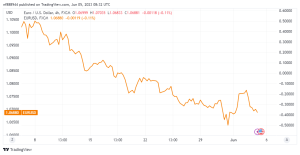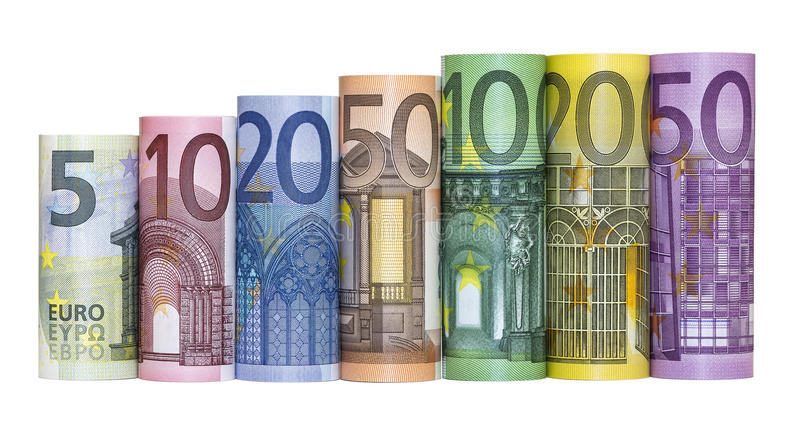After falling dramatically late Friday, the EURUSD has continued to fall and has now fallen below 1.0700. The technical prognosis for the pair implies that if 1.0680 support fails. The pair might continue to fall.
Following the positive May employment data, the US dollar maintains its strength.
Before the weekend, the US Bureau of Labor Statistics announced that nonfarm payrolls (NFP) increased by 339,000 in May. This figure was far higher than the market forecast of 190,000. Helping the US Dollar (USD) beat its competitors throughout Friday’s American trading hours. Despite the fact that the CME Group Fed Watch Tool indicates that markets are still volatile. The USD is holding its ground at the start of the week, with the US Federal Reserve (Fed) pricing. In a roughly 70% chance of keeping its policy rate steady in June.
The ISM will issue the May Services PMI data later in the day. The US Dollar struggled to find buyers as the ISM Manufacturing PMI showed an unexpected dip in the inflation component. The Price Paid Index. As a result, a similar response might be seen if the ISM Services PMI survey’s Prices Paid Index. Which is expected to fall to 57.8 from 59.6 in April, falls towards 50. The headline PMI is predicted to fall to 51.5 points. A number below 50 might potentially be negative for the USD. Whilst a rise should be positive. have the opposite effect on currency value.
Meanwhile, US market index futures are trading mixed, while the Euro Stoxx 50 Index is trading flat in Europe. A notable negative movement in risk sentiment might provide the USD a lift, causing the EURUSD to fall, and vice versa.
It’s also worth mentioning that European Central Bank (ECB) President Christine Lagarde will appear at a hearing before the European Parliament’s Committee on Economic and Monetary Affairs (ECON) in Brussels. Last week, Lagarde maintained that interest rates must be raised until they are convinced that inflation will return to goal. A comparable hawkish tone might help the Euro maintain its competitiveness versus its rivals.
EURUSD Technical Analysis
EURUSD fell below the four-hour chart’s 20 and 50-period Simple Moving Averages (SMA) and the Relative Strength Index (RSI) indicator both fell below 50, indicating a bearish bias in the near term.

At 1.0680, the top limit of the descending regression channel corresponds with immediate support. If the EURUSD returns to that channel by confirming that level as resistance, 1.0650 (the channel’s midpoint and the end-point of the most recent decline) aligns as strong support before bears may target 1.0600 (the psychological level and the lower-limit of the declining channel).
A four-hour closing above 1.0720 (50-period SMA) on the upside might deter sellers. In that case, the next barriers are 1.0750 (Fibonacci 23.6% retracement level of the most recent downturn) and 1.0780 (100-period SMA).









